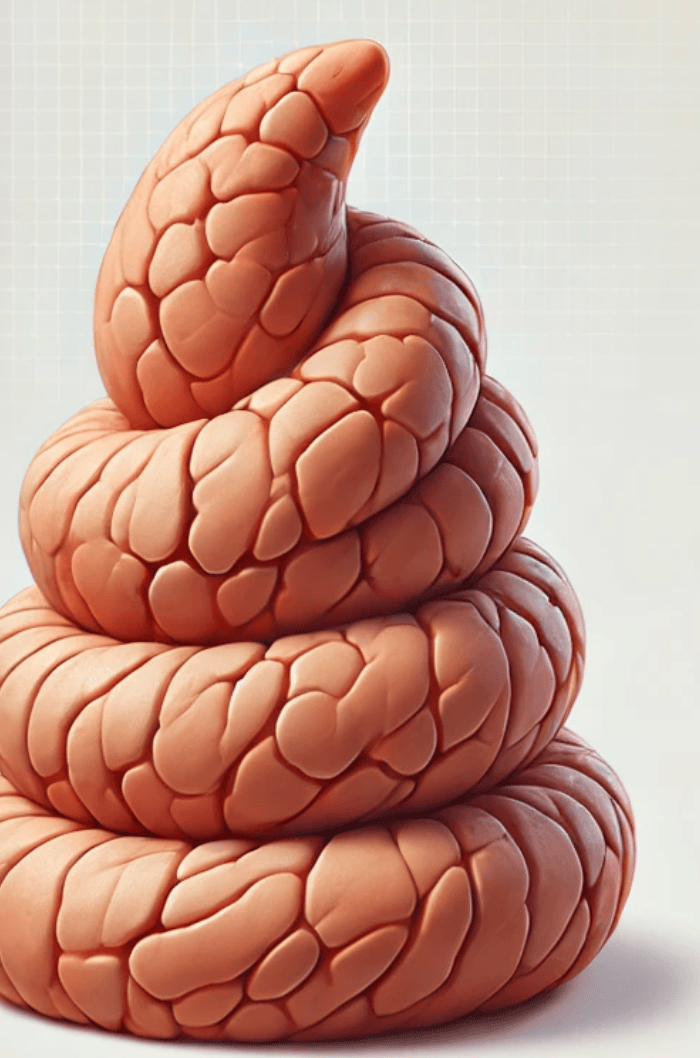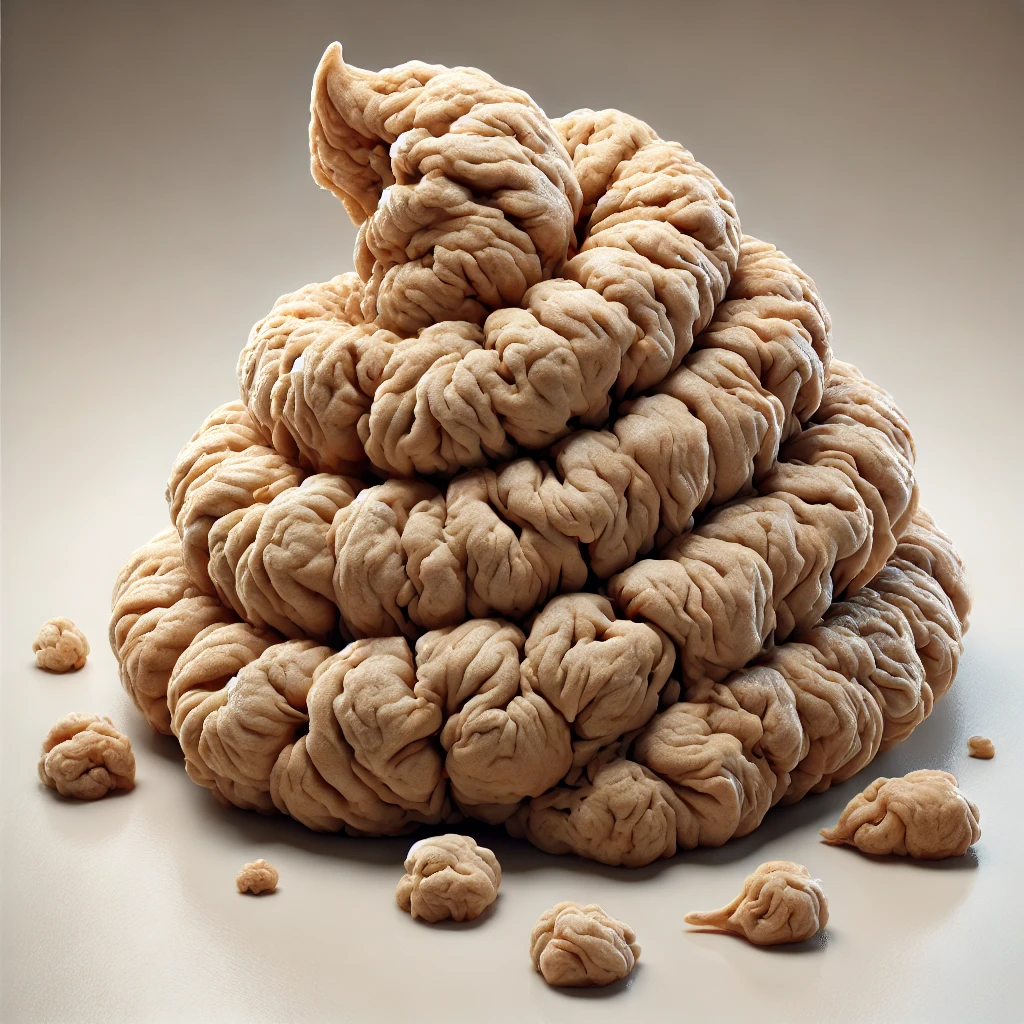The Bristol Stool Chart is straightforward to use. Simply compare your stool's shape and consistency to the seven types on the chart. Identifying the type can give you insights into your current digestive health.
If you consistently find your stool matching a particular type, you may need to make dietary changes or consult with a healthcare professional. CleverPoop makes this even easier by using AI to analyze your stool, offering precise feedback based on the British stool chart. This tool is designed to empower you to take control of your digestive health in a simple, accessible way.







